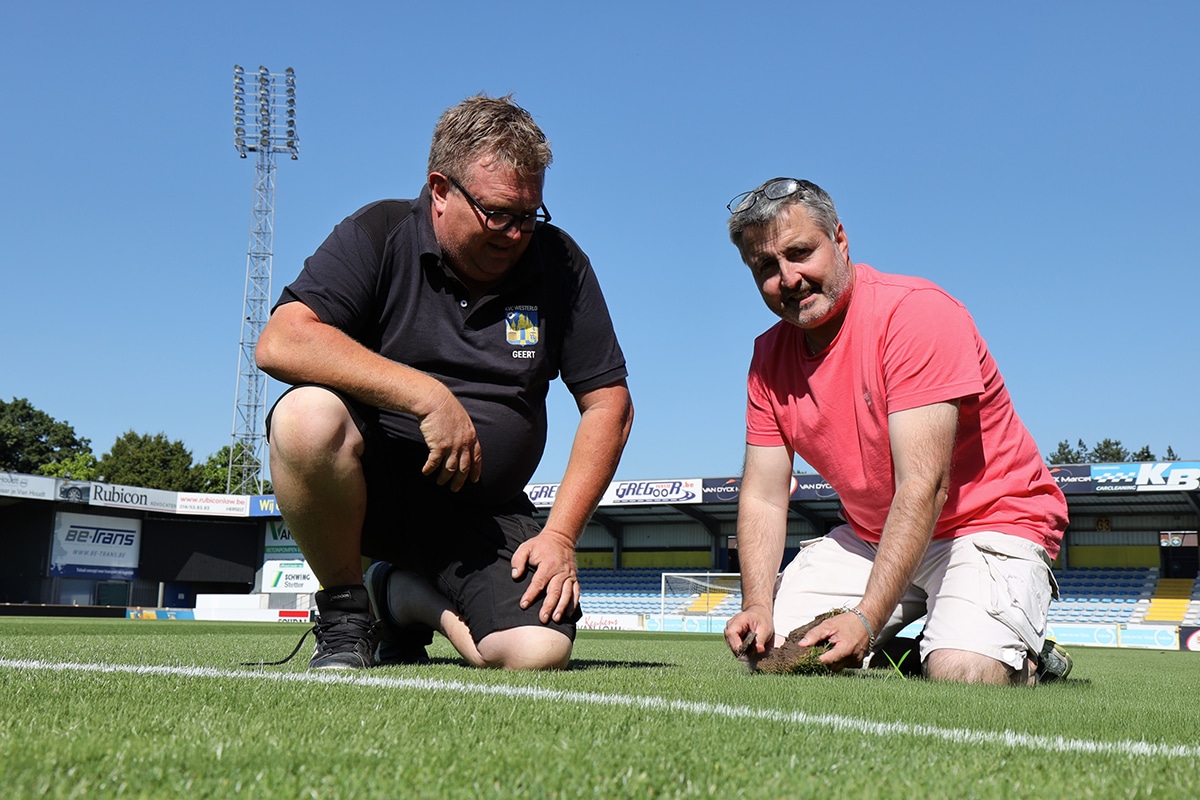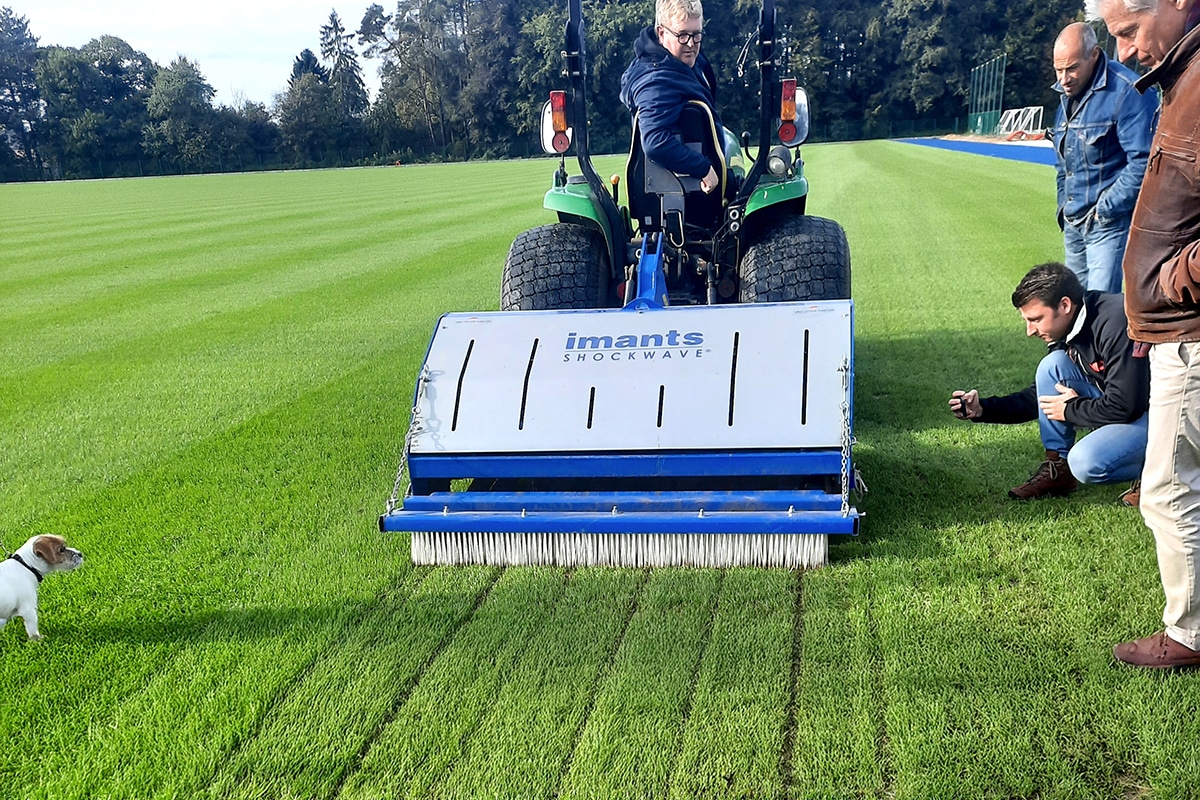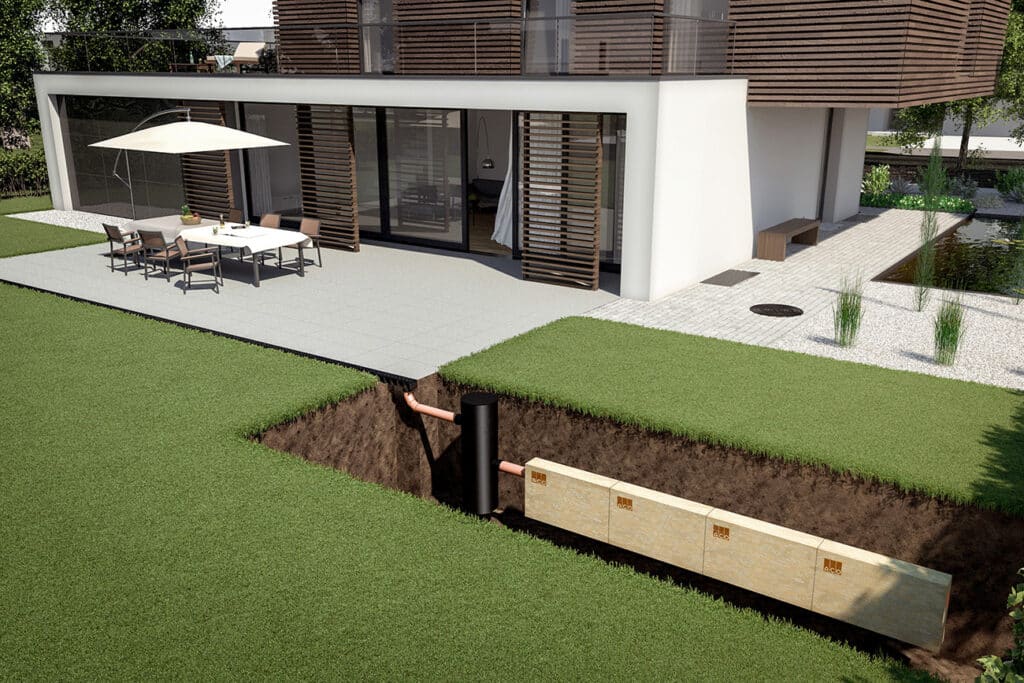
Infiltration made simple
A cozy terrace cover, an extension of the terrace, a brand new garden room...: anyone who embellishes the garden with an extra piece of paving, must also provide a solution for the rainwater that falls on it. One often thinks of a cistern or sewer, but you can also opt for an infiltration system. This helps maintain the groundwater level and protects the garden from long periods of drought.
"Discharging rainwater to the sewer system is actually not a good idea," stresses Karolien Vanovertveld of ACO. "It's a waste of usable water and can cause overloading of the sewer system during periods of heavy rainfall. That's why the stormwater ordinance requires that rainwater be kept on one's own property as much as possible, either by storage and reuse in a cistern or by buffering and infiltration."
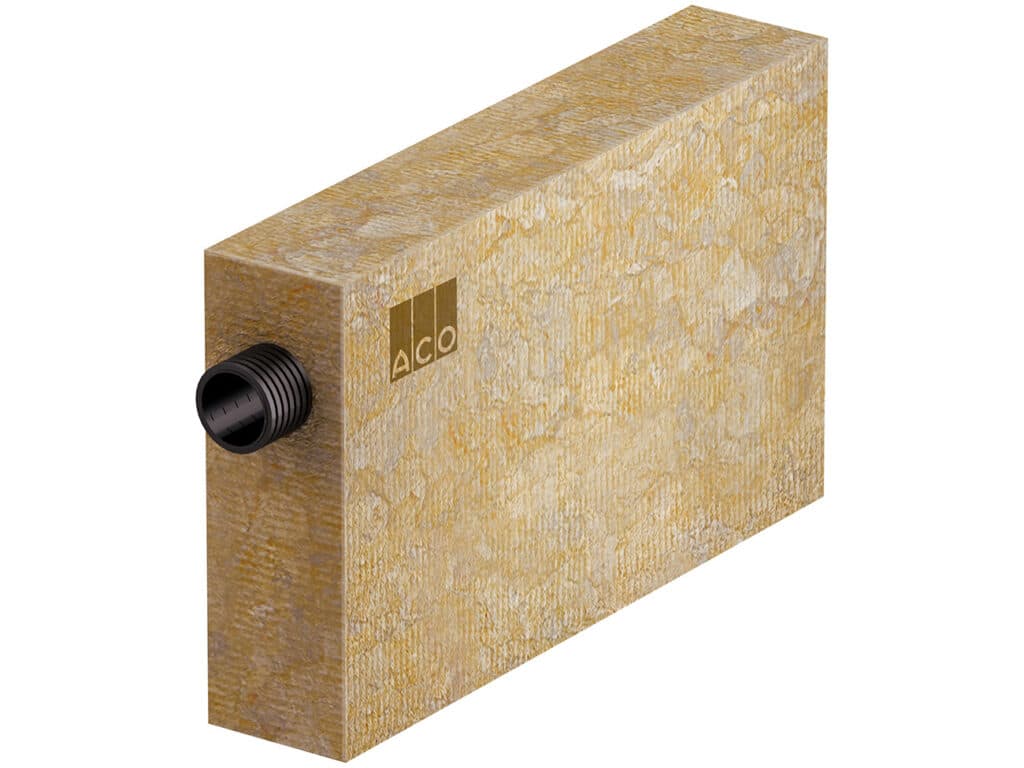
Why infiltrate?
It makes sense for building owners to try to divert their rainwater to a cistern as much as possible, Vanovertveld believes. "That way you can reuse the water, for example, to flush toilets or water the garden in periods of drought. However, not every project allows this. For renovations and remodeling, for example, it is not always obvious to install a cistern, or connecting new roof surfaces and paving to an existing well requires too much work. In such cases, infiltration offers an excellent and environmentally friendly solution. In this case, rainwater is buffered and gradually returned to the ground. This maintains groundwater levels, provides irrigation for plantings, and thus makes garden and landscape more resilient to long periods of drought."
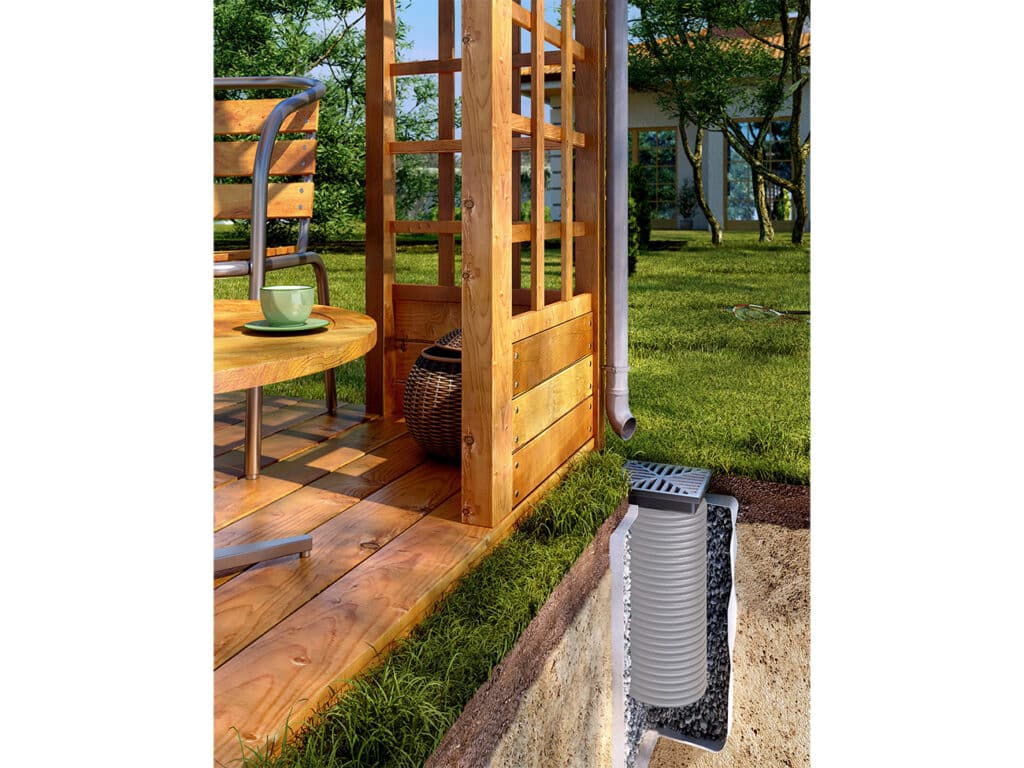
Accessible
The most well-known solution is the infiltration crate. "An excellent system," Vanovertveld believes. "But it has its limitations. It requires quite a bit of digging and you always have to keep enough distance from trees and other plantings. If you don't, you run the risk that roots will work their way through the crates and the system loses its functionality."
Unfortunately, in a private garden with limited space, it is not always easy to meet this requirement. Moreover, for modest work such as the extension of the terrace or the addition of a small addition, building owners prefer not to turn over the entire garden again.
"In such a case, you can opt for a system based on water-absorbing rock wool blocks, such as our Infiltration Line. This 100% natural solution - rock wool is a natural product with a very low environmental impact - works like a sponge: each 100x60x20 cm block can absorb up to 112.8 liters of water, and then quietly release it back to the ground. Depending on the required buffer capacity, several blocks are simply placed one after the other, and due to the compact size, it is sufficient to dig a thin trench, for example along the edge of the garden. Moreover, since roots can grow through the blocks without affecting the operation of the system, you are free in terms of placement. That makes this a very low-threshold solution. The only thing you need to pay attention to - but that applies to any infiltration system - is that as little debris as possible gets into it. A leaf trap or siphon at the level of the drain is therefore a necessary accessory."
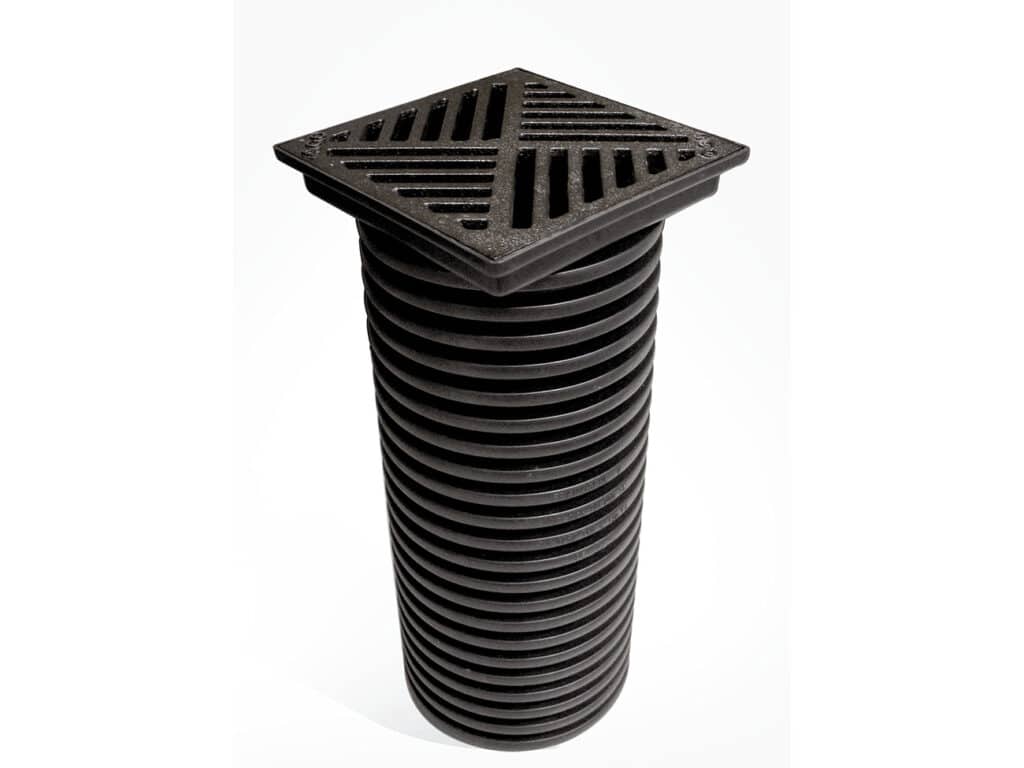
For small projects
Finally, for more modest projects, Vanovertveld suggests the Gully. "This infiltration pit is a simple and cheaper alternative as an infiltration solution for smaller areas. The Gully consists of a drain with a perforated pipe underneath. The whole thing is placed in a pit about 60 centimeters deep and the space around it is filled with pebbles to promote infiltration. That way you get a delayed release of the water into the deeper soil layers and also avoid puddling. The system has a capacity of 11 liters - enough for a small shelter, a gazebo, carport or the overflow of a rain barrel, for example."

